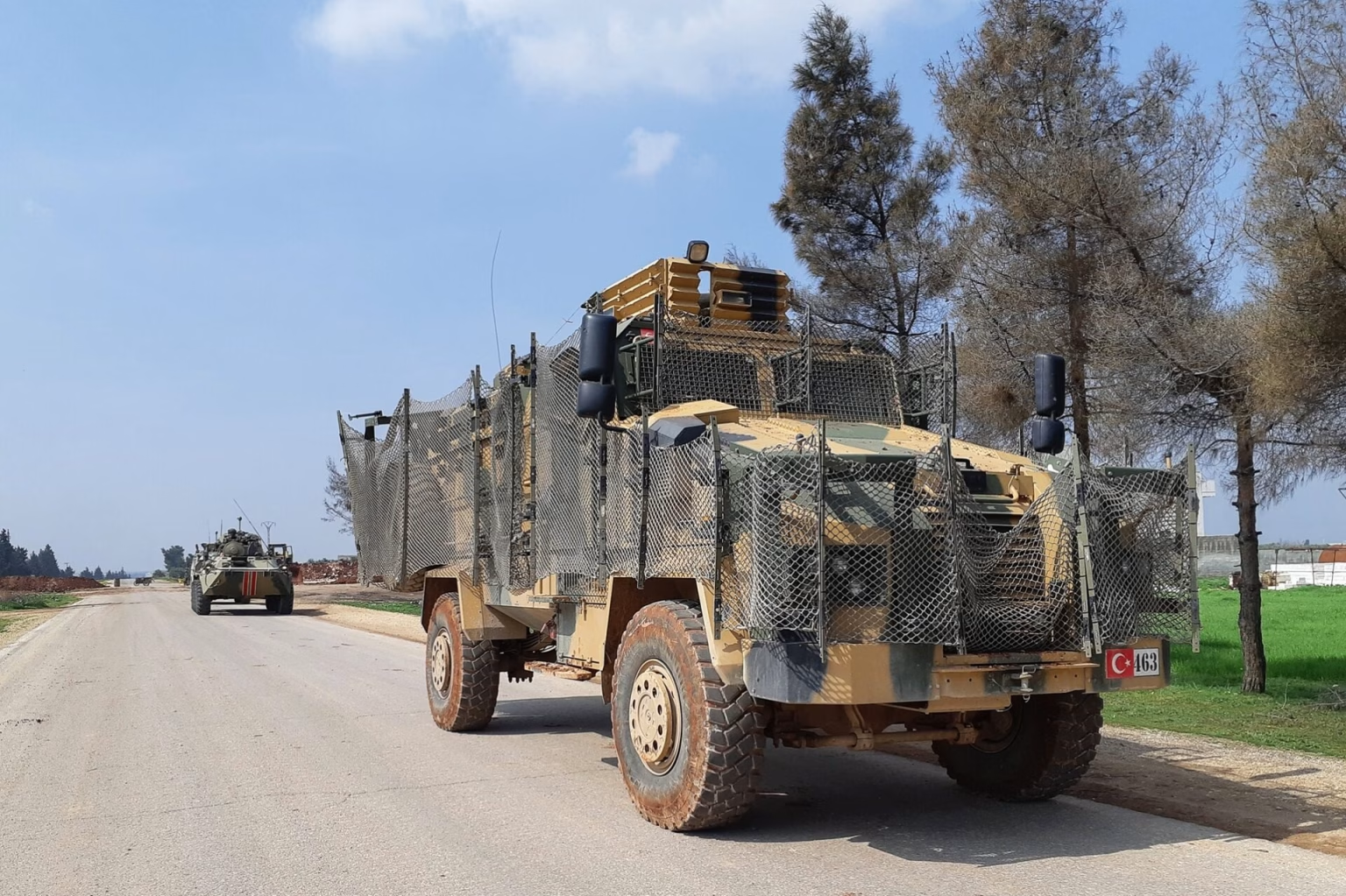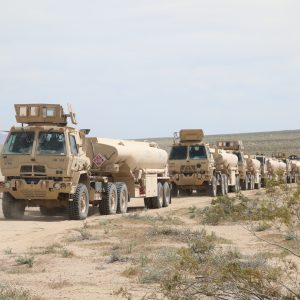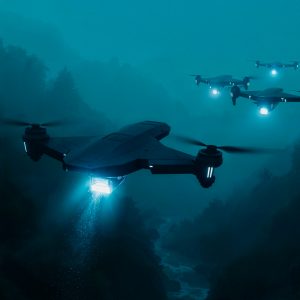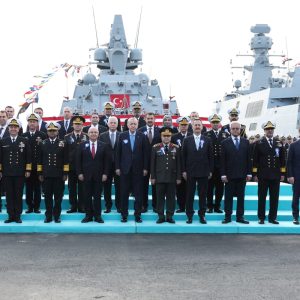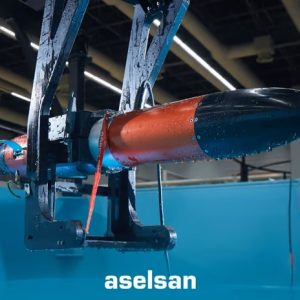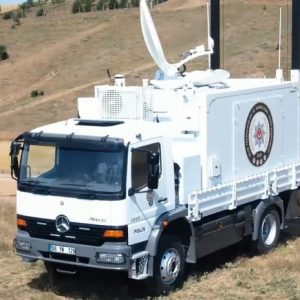A Turkish MRAP with a Dual Legacy
The Turkish-designed Kirpi armored vehicle has seen two very different wars. Once trusted by Russian commanders during joint patrols in Syria, the same vehicle is now rolling through Ukrainian forests, shielding troops from Russian fire.
Developed by BMC Defence in response to rising demand for mine-resistant ambush-protected (MRAP) vehicles, the Kirpi — meaning “hedgehog” in Turkish — features a V-shaped hull, reinforced armor, and modular systems to protect troops from improvised explosive devices (IEDs), mines, and small-arms fire. Initially deployed in southeastern Türkiye and northern Syria, it quickly earned the trust of Turkish forces operating in high-risk zones.
“Those vehicles were our mobile fortresses. We felt safe inside them. The Russians didn’t.” — Former Turkish soldier on joint patrols with Russia in Syria
Operational Lessons from Syria
During 2019–2020, Kirpis led joint patrols involving Turkish and Russian troops in Syria. According to a former Turkish soldier, Russian forces preferred Kirpis over their own Tigr and BTR-82A vehicles due to their superior armor and mine protection.
One notable incident highlighted this reliance: a Russian personnel carrier was disabled during an ambush, forcing its crew to evacuate under the protection of a Kirpi. Russian commanders often requested that Kirpis lead convoys to shield high-ranking officers and journalists from attacks.
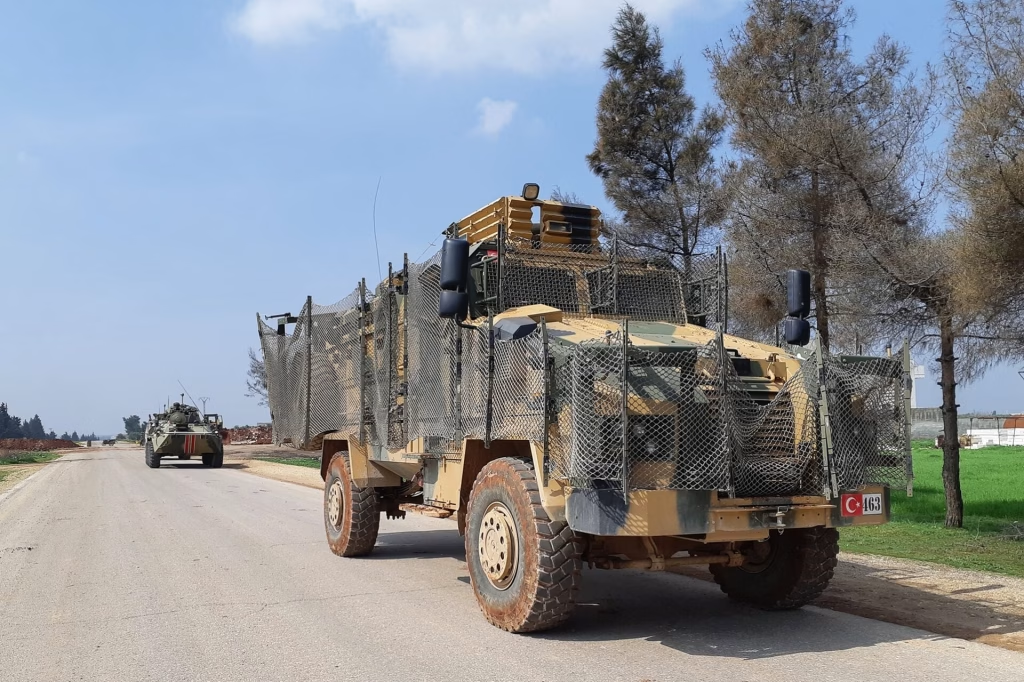
Kirpi MRAP leading convoy with Russian BTR-82A in Syria
The Kirpi’s New Battlefield: Ukraine
Following Russia’s full-scale invasion of Ukraine in 2022, over 200 Kirpi vehicles were supplied to the Ukrainian Armed Forces as part of international military assistance. Now, the same MRAP that once protected Russian troops is used to repel them.
Ukrainian soldiers operating the vehicle describe it as durable and well-suited for troop protection, though not without limitations:
- Terrain Performance: Handles rubble well but struggles in heavy mud due to its weight and limited engine power.
- Survivability: Survived multiple FPV drone strikes without additional cage armor.
- Troop Comfort: Provides reliable air conditioning, spacious ramp access, and stable protection during long missions.
To counter evolving threats like loitering munitions and FPV drones, Ukrainian units have improvised by adding protective mesh “mangals”, funded and built locally, echoing field modifications made during Turkish operations in Syria.
Challenges in Logistics and Maintenance
Despite its battlefield resilience, spare parts supply remains a major obstacle for Ukrainian forces. Vehicles can remain idle for months awaiting repairs, forcing some units to revert to unarmored pickups for critical missions.
This logistical gap highlights a recurring issue in modern coalition warfare: military aid effectiveness depends on long-term maintenance support, not just delivery numbers.
A Symbol of Battlefield Adaptation
Originally developed between 2008 and 2009 to meet NATO MRAP standards, the Kirpi has proven adaptable across multiple conflict zones. Its role in Ukraine demonstrates how military assets designed for one operational context can find new relevance in another, evolving alongside emerging threats.
Today, the “hedgehog” represents two intertwined war narratives:
- Protection of Russian troops in Syria during joint patrol missions.
- Defense of Ukrainian forces against Russian aggression on the Eastern Front.
As long as the supply chain keeps the fleet operational, the Kirpi will continue rolling forward — a reminder of how modern armored vehicles are shaped not just by engineering, but by the wars they endure.

